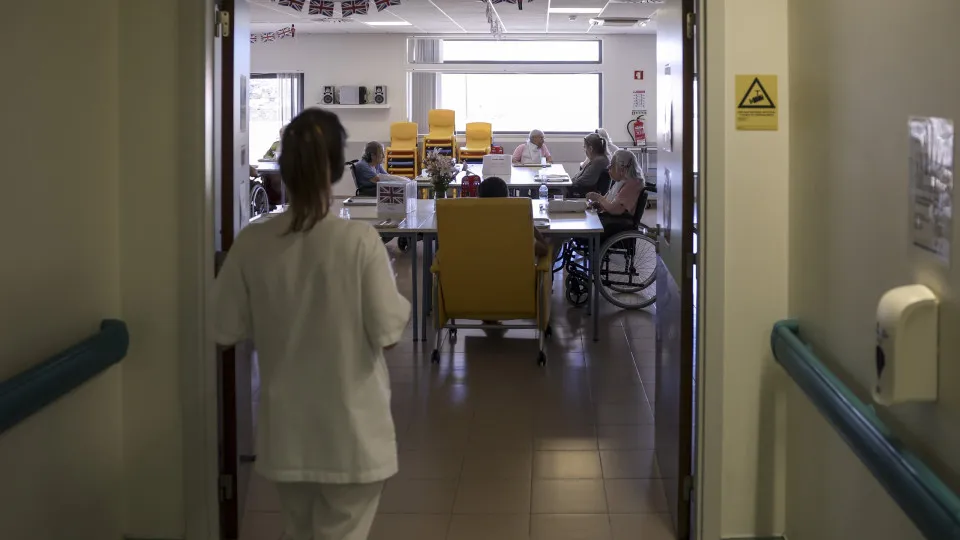
The current funding model of the National Network for Integrated Continued Care (RNCCI) is deemed “insufficient to cover the real costs” borne by institutions, particularly in medium and long-term care services, as concluded by a study accessed by the news agency Lusa.
Despite recent updates in the amounts paid by the state, “deficits persist and tend to worsen with the rise in operational costs”, particularly labor costs, which constitute the largest expense, the document notes.
The study assessed the operational costs of entities providing continued care, covering three response types – Convalescence Unit (UC), Medium Duration and Rehabilitation Unit (UMDR), and Long Duration and Maintenance Unit (ULDM), evaluating whether the amount paid by the government per user/day suffices to cover the institutions’ costs, excluding any profit margin for the care providers.
In this analysis, costs borne by institutions were calculated in a Base Scenario using accounting data from 2024, and in three alternative scenarios with different economic assumptions. One scenario included the forecasted average salary increase for 2025, another incorporated wage increases and adjusted direct and indirect costs to the expected inflation rate, and the third considered increased labor costs due to the national minimum wage rise, along with the expected inflation impact on direct and indirect cost categories.
Calculations by the Faculty of Economics of Porto indicate that the units experiencing the greatest losses remain the UMDR and ULDM. For the latter, there was a deficit of 11.81 euros per user/day, translating to about 125,000 euros of underfunding per institution throughout 2024.
The analysis reveals that in all response types, the state-set amount for 2025 “is lower than the actual cost per user/day” borne by institutions, highlighting results that show a “chronic underfunding that jeopardizes the sustainability of care-providing institutions”.
The president of the National Association of Continued Care (ANCC), José Bourdain, highlights the “chronic underfunding” of this sector, explaining: “Salaries, namely the minimum wage, rise along with inflation, hence the cost increases with goods and services rise above the increases that the government grants us”.
“This occurs in years when the government does give us increases, as there have been many years when the government simply froze increases,” he lamented, emphasizing that institutions “struggle to retain resources” as they “either go to the state, emigrate, or join the private sector, which offers better pay”.
Regarding human resources, the study further indicates that the number of legally provided categories needed to ensure adequate functioning is “manifestly insufficient”, particularly concerning auxiliary staff and nurses. The legislation does not cover some professional categories “essential for institutions’ operations”, like maintenance technicians, kitchen staff, cleaning staff, administrative technicians, or human resources technicians, whom institutions must hire.
Hence, a legislative review is suggested, “with special attention to aligning human resource allocations with current care demands”.
In view of this diagnosis, experts from the Faculty of Economics of Porto propose a new formula for annual updates of prices paid by the state, independently considering two factors: the impact of the national minimum wage update and expected inflation.
Moreover, they deem it desirable to introduce an “investment factor” aimed at covering structural and multi-annual needs.
“The amount paid by the state to institutions must not only cover the actual operational costs but also enable margins that facilitate continuous investment in improving care quality and, additionally, in valuing the professionals involved,” it states.
José Bourdain says this “investment factor” would allow units to maintain facilities and renew equipment.
“And the Faculty of Economics of Porto suggests that this be done every three years, that there be a three-year plan,” said José Bourdain, recalling that last year the Court of Auditors (TdC) had advocated for it in a report.




